Every September, like clockwork, Apple unveils a brand-new iPhone. And, like clockwork, your average Android user sighs at the excitement over the tiniest changes imaginable. Apple is, like much of the smartphone world, a company focused on making incremental tweaks to its core design, but thanks to its larger-than-life popularity, those changes still manage to draw in more excitement and mainstream attention than, say, the full redesign Google gave its Pixel 9 series this year.
No Thanks, Keep Reading
That doesn’t mean Google can’t learn a few lessons from Apple, of course. As boring as it might seem on the surface, the iPhone 16 — particularly in its smallest, entry-level model — is actually a pretty slick piece of hardware. And while I can’t imagine most Android die-hards being lured in by its Ultramarine hues, there are a few lessons Google should take away from Apple’s most recent smartphone lineup. As we look forward into 2025 and beyond, here are five things Google should take into account from the iPhone 16.
5 The Pixel 9 Pro is comfortably sized, but it could be even smaller
Why not shave a little more off that display?
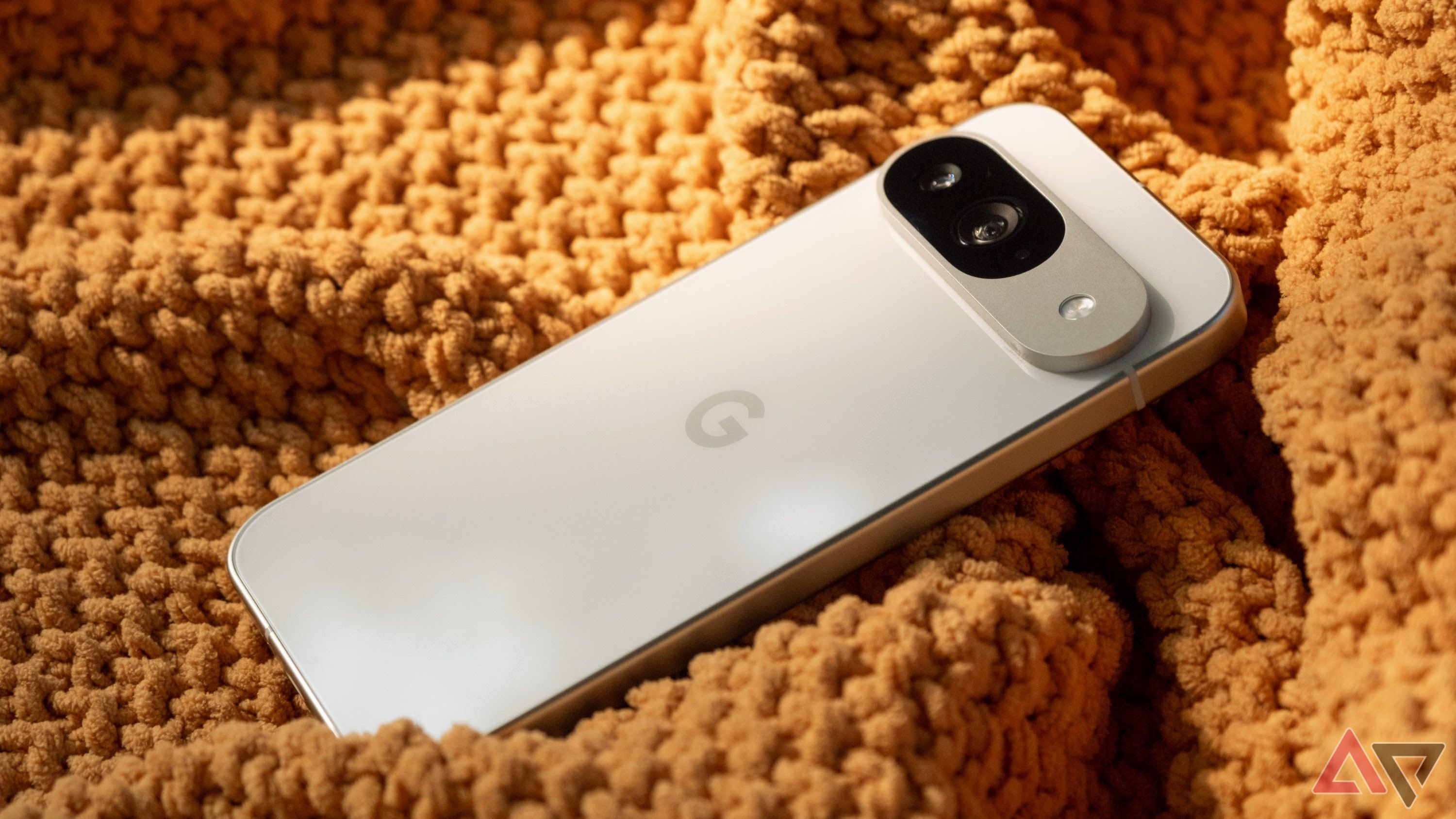
In the months leading up to its debut, I was unbelievably excited for the Pixel 9 Pro. Finally, a smartphone with the power, camera quality, and design I expect from a flagship without requiring a massive display. And indeed, in my first couple of weeks with the Pixel 9 Pro, I was over the moon. Eventually, though, you get used to the size, and while I’m happy it’s not a 6.7-inch or 6.8-inch display, I couldn’t help but think that this thing could be even smaller.
One way to do that is to shrink the Pixel’s bezels down, but in my eyes, the small border Google’s currently employing on the Pixel 9 series is actually the perfect amount of space. Instead, I’d like to see Google move to something closer to 6.1 inches — or, hell, maybe even all the way back to 6 inches, Pixel 5 style. In my relatively large hands, the iPhone 16’s 6.1-inch display feels downright small in the best way possible. Even better, though, is how Apple’s latest phone feels on your person. If I had a dollar for every time I forgot the iPhone 16 was in my pocket, I could buy myself dinner tonight. A pretty nice dinner, too.
4 Smaller isn’t always better, but lighter is
It’s time for the Pixel to lose some weight
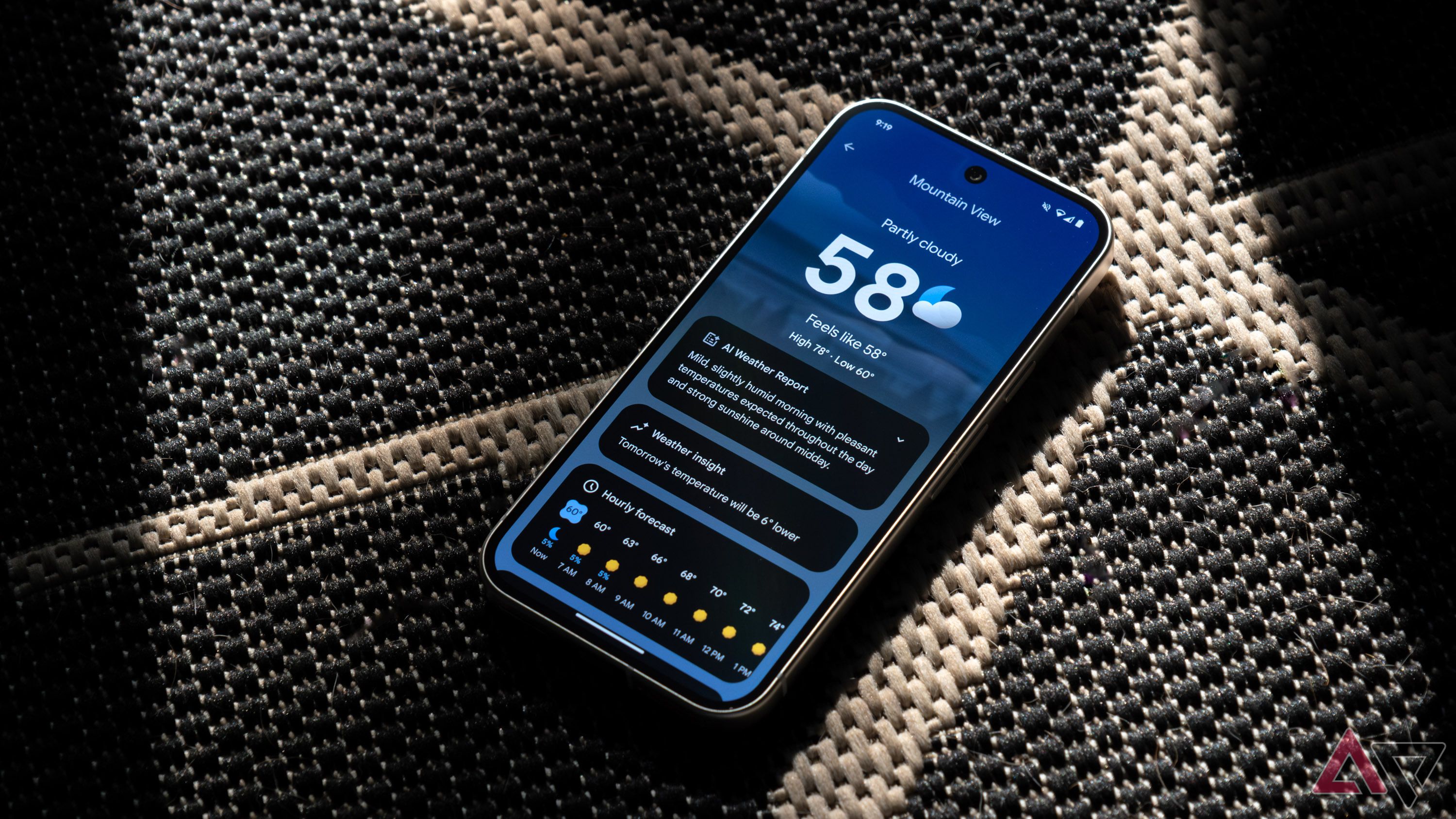
Okay, if we can’t make for a return to smaller screens, I’m hoping Google’s next-gen phones weigh in a little lighter on the scale. The Pixel 9 and Pixel 9 Pro are practically identical in size — they even use the same cases — and at 198 and 199 grams, respectively, the same is true for their weight. The iPhone 16, however, weighs just 170 grams, putting it just second to the 168 gram Galaxy S24 in terms of notable 2024 flagship smartphones.
Those 30-ish grams might not sound like a lot on paper, but believe me, it makes a big difference in daily use. While I’m not the biggest fan of the current “slim phone” trend rumored to be drawing attention from Samsung and Apple, I do think trying to make lighter devices through any means necessary is a worthy goal. And while the iPhone 16 manages to achieve its light weight without Apple’s more premium material, it might not be a bad idea for Google to adopt a titanium chassis on its future flagship smartphones.
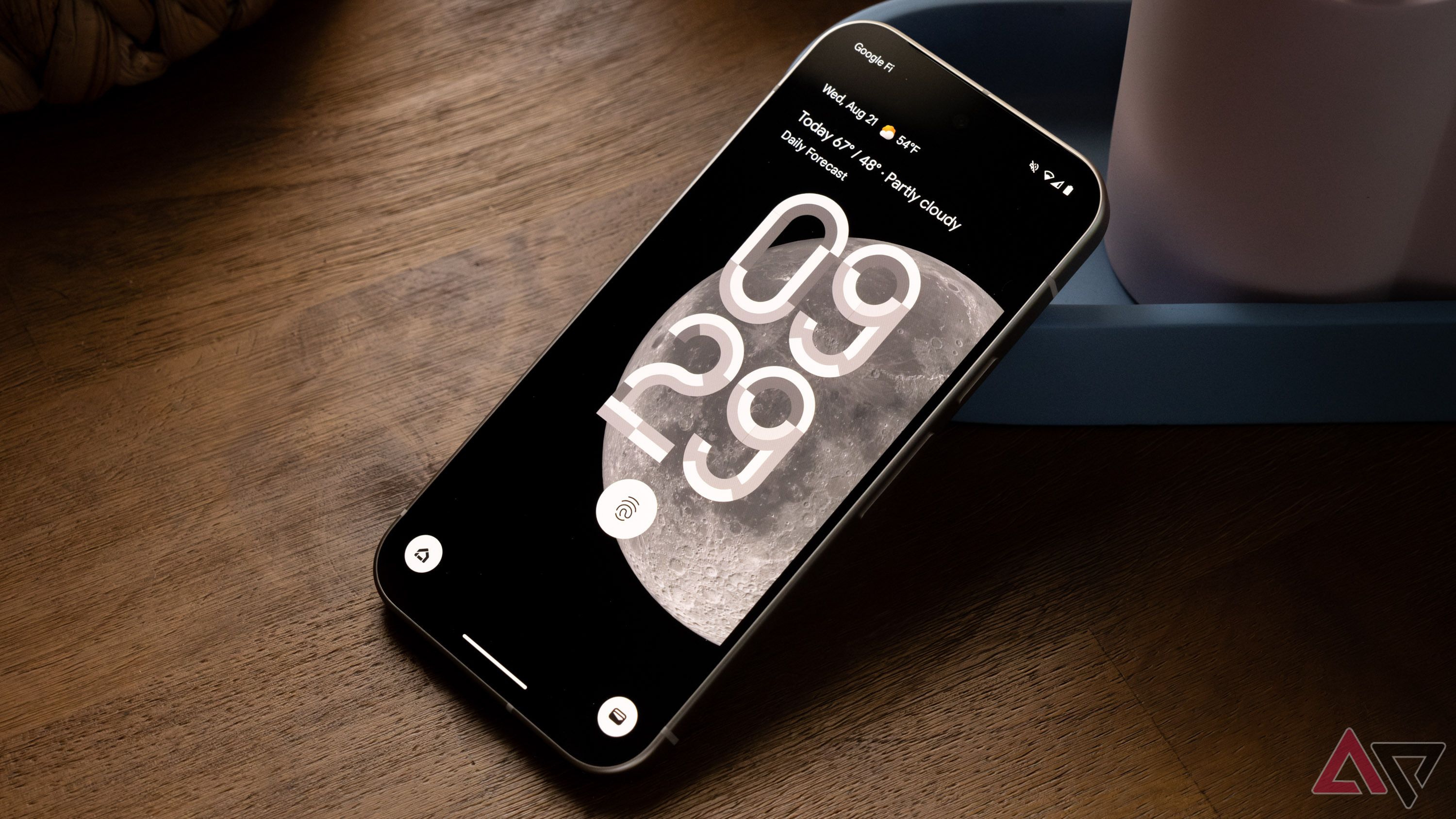
Related
Review: The Google Pixel 9 makes me question if I need to go Pro
The Pixel 9 has everything most people want from a phone
3 Photographic Styles are a clunky iPhone addition, but they’re worth it
Let’s bring some contrast back into our photos
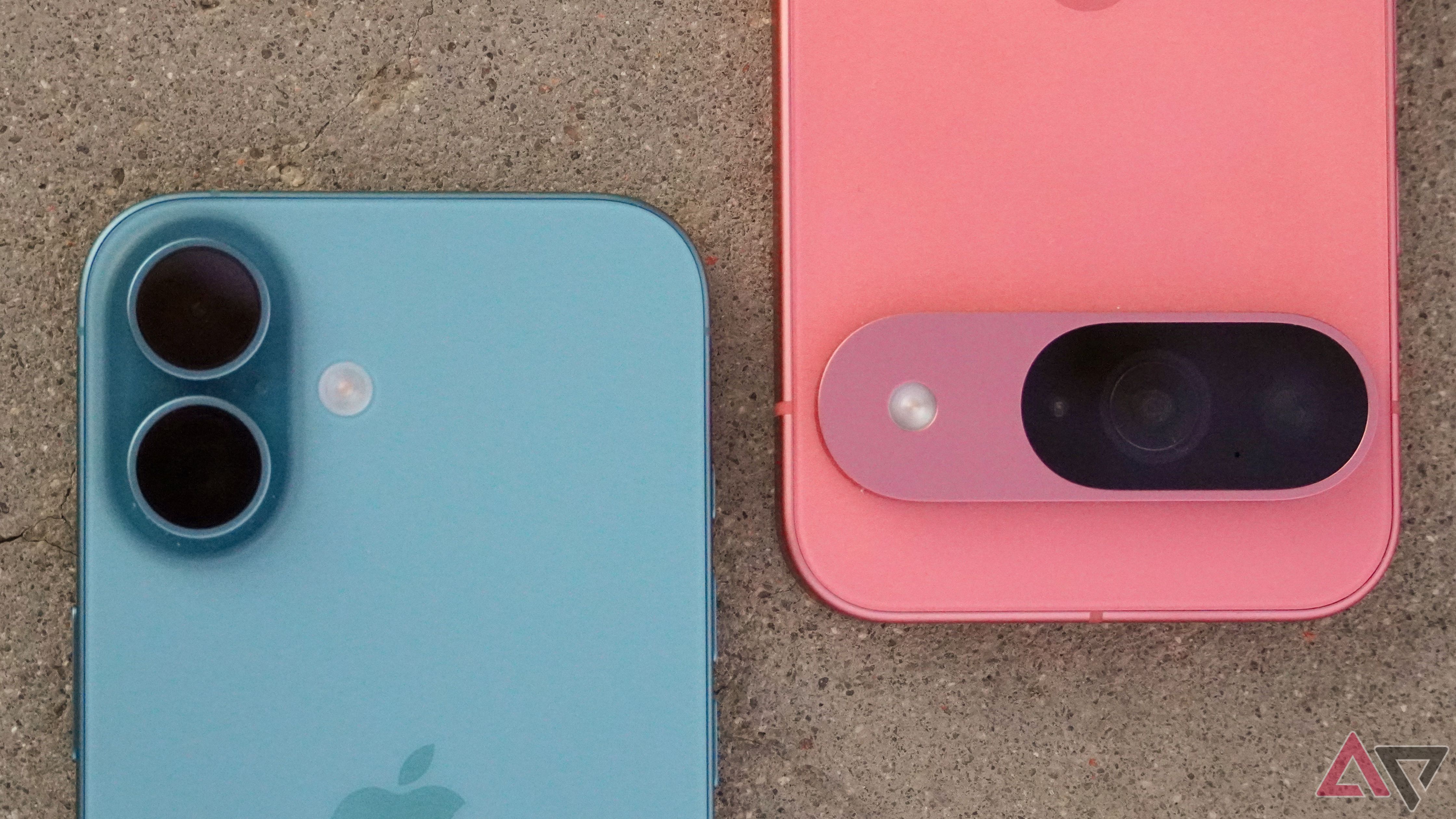
Apple completely overhauled its Photographic Styles settings this year, allowing for far more granular control while also letting users edit their techniques after shooting (so long as they stick to HEIC, of course). Personally, I find the tool in iOS to be under-explained and over-complicated — it’s buried in settings, features no built-in tutorial, and uses a grid system without any actual labels. Regardless, once you learn how these new Photographic Styles work on the iPhone 16, it’s a really worthy addition, especially if you miss shadows and contrast in this era of overprocessed imaging.
By default, the Pixel 9 series outperforms Apple’s camera without breaking much of a sweat — though, as usual, it’ll likely depend on how you feel about each company’s respective post-processing pipeline. The Pixel 9 does fall victim to the same complaints surrounding contrast and shadows, though, as Google works to boost the brightness of every aspect of your photo across the board. With something like Photographic Styles, the Pixel could keep its default look, while delivering far more control to power users. And, bonus, I trust Google to make its own process feel a lot less complicated.
2 Apple’s shortcut buttons are flawed, but Google’s don’t have to be
It’s time to bring some new buttons to the Pixel

Within the past two upgrade cycles, Apple has added two new buttons to its iPhone lineup. The Action button arrived on the iPhone 15 Pro and Pro Max in 2023 (and on the regular iPhone 16 and iPhone 16 Plus this year), replacing the mute switch with a customizable shortcut button, while all four iPhone 16 models got access to the new Camera Control button this year. Despite very different complaints about both of these keys — one is too simple, the other too complex — my conclusion is the same: Apple’s buttons just aren’t very good.
And that gives Google plenty of space to deliver on the iPhone’s failed expectations. I’m not sure whether I’d prefer an Action button-style option — something completely customizable — or a shutter button, likely without the (terrible) swipe controls provided by Apple. Either way, though, I’d like to see Google adopt some additional shortcut options outside of the double-tap spot on the back glass (which, in my opinion, is way too finicky to rely on properly). Hell, I’d settle for bringing back the Pixel 2 XL’s squeezable sides — let’s get a little wacky, Google.

Related
The iPhone 16 proves it’s past time for shortcut buttons to return to Android
Finding inspiration in Camera Control
1 It’s time to stop being scared of colors
Neutral hues are out — let’s bring back bold smartphones

Setting everything else aside, this is one lesson I need Google — and practically every other major Android OEM — to learn in 2025. The iPhone 16 Pro might only be available in some truly boring, muted tones, but the regular iPhone 16 features two of the best phone shades I’ve seen in a long time. In addition to Apple’s teal offering (which happens to be my personal favorite color), the iPhone 16 also comes in a gorgeous, unique ultramarine. Throw in black, white, and a very pretty pink, and I think Apple basically won the color wars this year.
Google’s regular Pixel 9 selection isn’t too bad. The pink (sorry, peony) is vibrant and punchy, and the wintergreen isn’t too shabby either. But I’d like to see things get a little more daring with the Pixel 10, adding one or two additional colors without taking any away. Beyond that, the Pro-branded Pixels deserve color just as much as the regular ones. Google could — and should — be the OEM willing to break with tradition and add some color to its most powerful flagship smartphones. Hazel just isn’t doing it for me.
The Pixel 9 is fantastic — let’s hope the Pixel 10 is even better
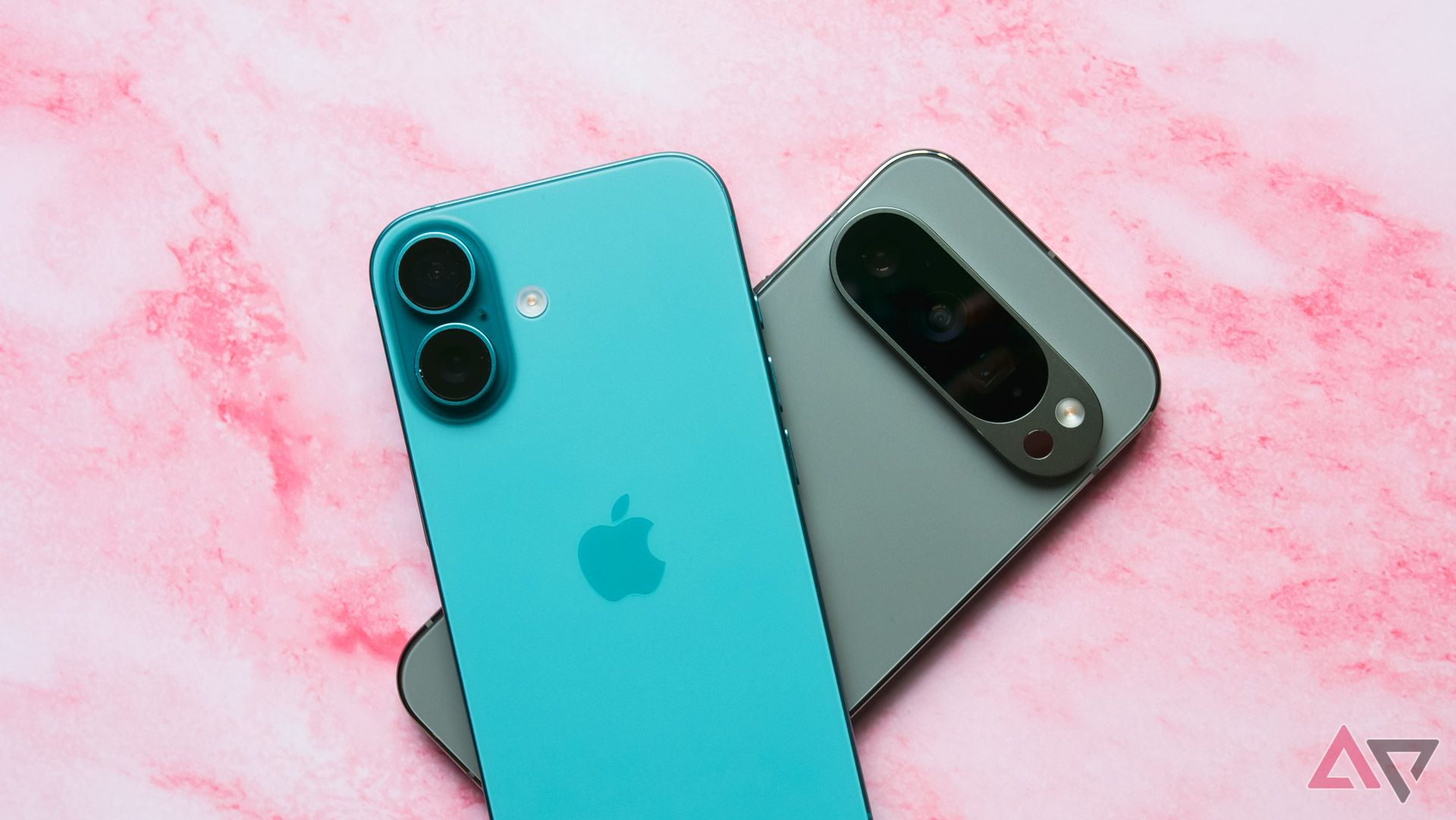
This late into the year, the Pixel 9 Pro is practically a lock for my favorite smartphone of 2024. That’s not to say Google doesn’t have plenty of space for improvement, refinement, or just flat-out brand-new ideas. While other OEMs continue to look to iOS for inspiration in their respective software design, I’m hoping Google bucks that trend, only referencing Apple’s design chops for future Pixel iterations. After all, good artists copy, but great artists steal.
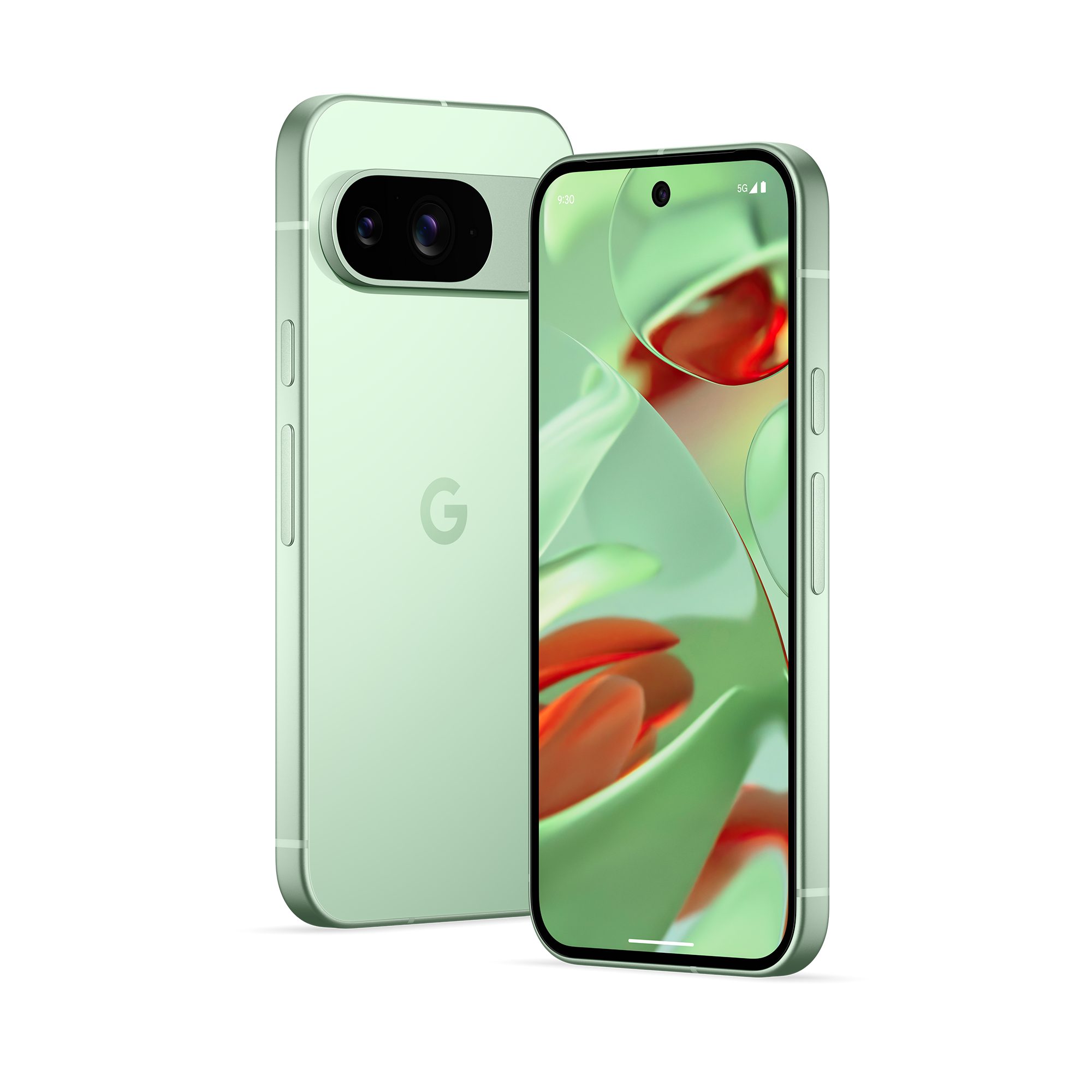
Google Pixel 9
The Pixel 9 is Google’s most affordable 2024 flagship, making a few compromises when compared to the Pixel 9 Pro and Pro XL while retaining the Google smarts the lineup has become known for. An upgraded 48MP ultra-wide camera is paired with a 50MP main shooter, and the selfie cam added autofocus. All of this comes with new Gemini AI features and a 2,700-nit Actua display for exceptional value at its price point.




